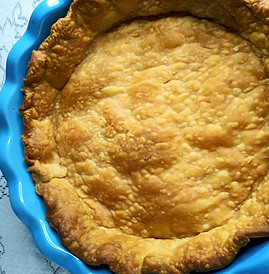The main reason why bakers end up with a pie crust that shrinks is that they are not using any weights when blind-baking the crust. The second important reason is not chilling your dough. But there are a few others that may contribute to this problem as well. Nothing is more annoying than when you are making that delicious lemon meringue or chocolate pie, and the crust has shrunk. In this article, I will answer the question, “Why Does My Pie Crust Shrink?”
Why Does My Pie Crust Shrink?
There are several reasons why pie crust shrinks. When blind-baking your pie crust, you need to use weights to help maintain the shape. Your pie dough needs to be cold. Putting a warm pie crust into a hot oven only causes shrinkage. Do not stretch your pie dough, and try not to overwork your pie dough.
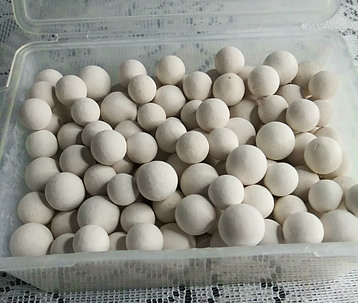
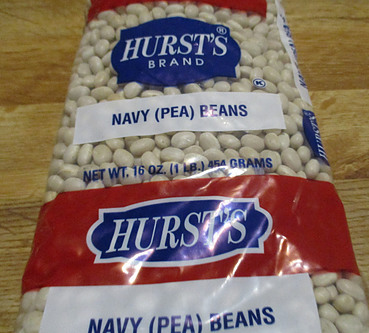
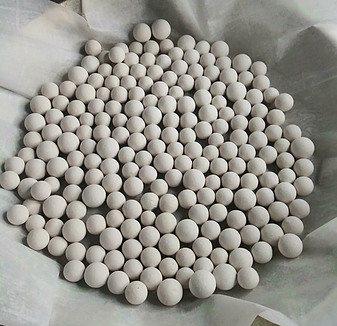
Use Weights In Your Pie Crust When Blind-Baking
Blind-baking is when you bake the crust for 1 crust cream or custard pies such as lemon meringue. Using weights while your crust is baking mimics the filling, therefore helping the crust maintain its shape. You can use ceramic pie weights. Don’t have any? No problem. You can also use dried beans as well. Just make sure that you apply parchment paper or foil and then your weights. See the video below.
Why Do You Need To Chill Your Pie Dough?
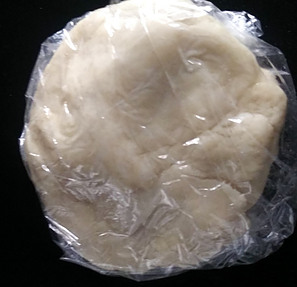
Chilling your pie dough hardens the fat and this helps the crust to maintain its shape as it bakes, which means less shrinking.
Always chill your pie dough before rolling it out. When you are ready to roll your dough, let it sit on your counter to warm it up just a little. Very cold pie dough is just a tad hard to roll out. By letting it come to room temperature you are giving it time to rest also. This short resting period allows the gluten in the dough to relax which allows for easier rolling in addition to preventing a tough crust.
After rolling your pie dough, return it to the refrigerator to chill before baking. Fill the chilled pie crust with your filling and bake the pie as directed in the recipe. If you are blind-baking the crust, add your parchment paper or foil add the pie weights and bake the crust for 10-15 minutes, remove from the oven and remove the pie weights and parchment paper. Return the pie crust to the oven and bake until golden brown. This usually takes an additional 10-20 minutes, depending on your oven.
It’s very important to chill your pie dough. Putting warm pie dough into a hot oven will most likely cause your pie dough to shrink.
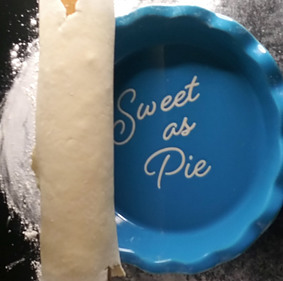
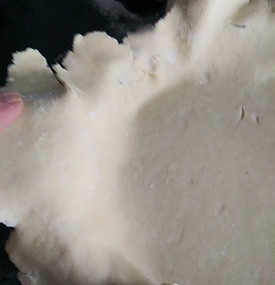
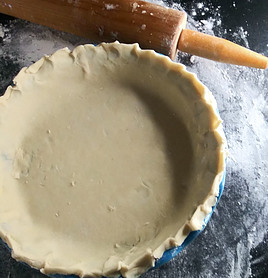
Why Should You Not Stretch Pie Dough?
Make sure that when you roll out your dough, you roll it large enough to drape over your pie plate to overlap the edge without stretching it. Gently ease the dough by lifting it and pressing it into the plate. The operative word here is gentle. What is stretched will shrink back while baking.
Do Not Overwork Your Pie Dough
Overworking the dough will develop the gluten in the flour. This will not only make the dough firm and hard to roll out but will cause shrinkage as well.
How do you tell if your pie dough is overworked? It will look mealy and crumbly. You can fix this by sprinkling the dough with water. Gently work the water into the dough until it is soft. Try not to work with it too much. Then refrigerate the dough before rolling it out.
Why Do Some Bakers Put Vodka in Their Pie Dough?
This really doesn’t have anything to do with pie crust shrinking, but during my research, I found this tidbit interesting and wanted to share it with you.
Believe it or not, adding vodka instead of water to your pie crust dough prevents gluten from forming during baking. You can add more liquid to the dough, making it easier to roll out.
The ethanol in the vodka vaporizes into the air, leaving you with a tender and flaky crust with no trace of an alcohol flavor. Pretty cool, I think. What about you? The next time I make pie dough, I am going to try this!
You can also use other kinds of alcohol in your pie crusts. Want to know more? Read this
Final Thoughts
Whether you are blind-baking a pie crust or making a 2 crust fruit pie, it is important that you chill the dough before baking. This will help to maintain its shape.
Always use weights when blind-baking a pie crust for the same reason that you chill the dough. Try not to stretch your dough when rolling it out. Remember, what is stretched will shrink back when baking.
Work with your dough sparingly. Just mix until it comes together. Chill your dough before rolling it out. Add your filling and top crust, and then refrigerate the pie for at least 30 minutes before baking.
.Want to learn more about Pie crust making? Check this out
Follow these tips, and your pie crust-shrinking days are over. I hope this article helps you with your pie-making adventures.
Please leave a comment below with your thoughts and experiences.
And As Always
Keep On Baking!
Taianne

I’m Taianne, the owner and operator behind We Are Baking. Baking my first cake at age 11 hooked me on creating sweet treats. Though my interest faded during childhood, it was rekindled when I married my apple pie-loving husband. I love trying new recipes, tweaking classics, and helping others learn the science and art of baking. I started We Are Baking to share tips, tricks, and favorite recipes I’ve discovered over the years. When not in the kitchen, I enjoy spending time with family and friends. My goal is to inspire others to embrace their creativity through baking. Feel free to contact me with any questions!
Taianne@wearebaking.com

